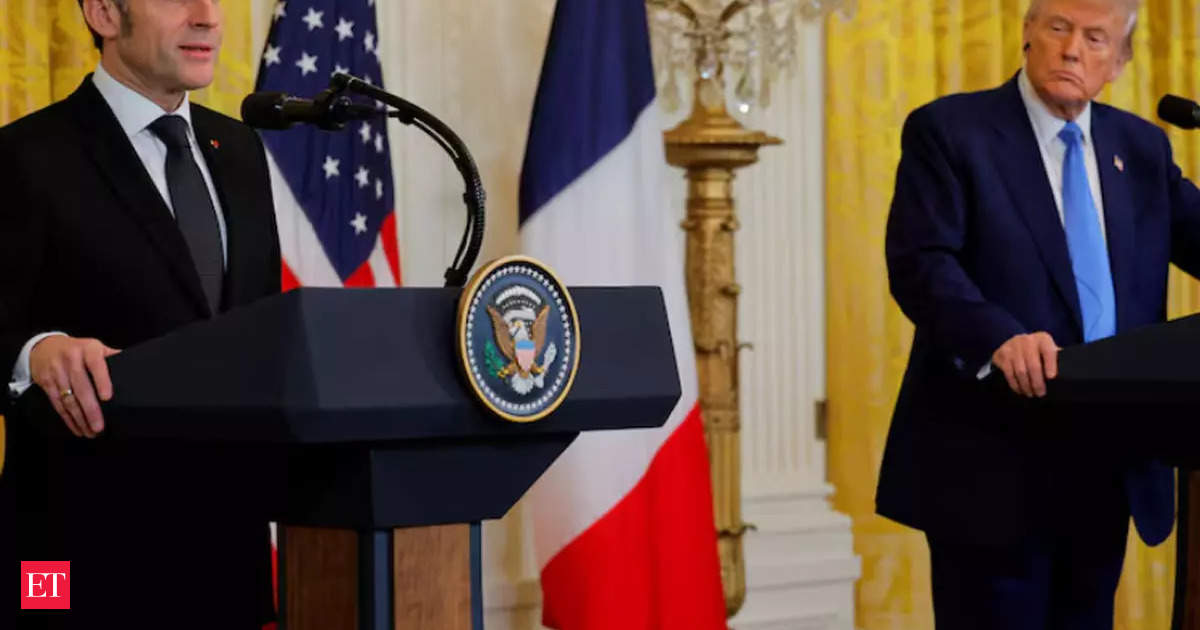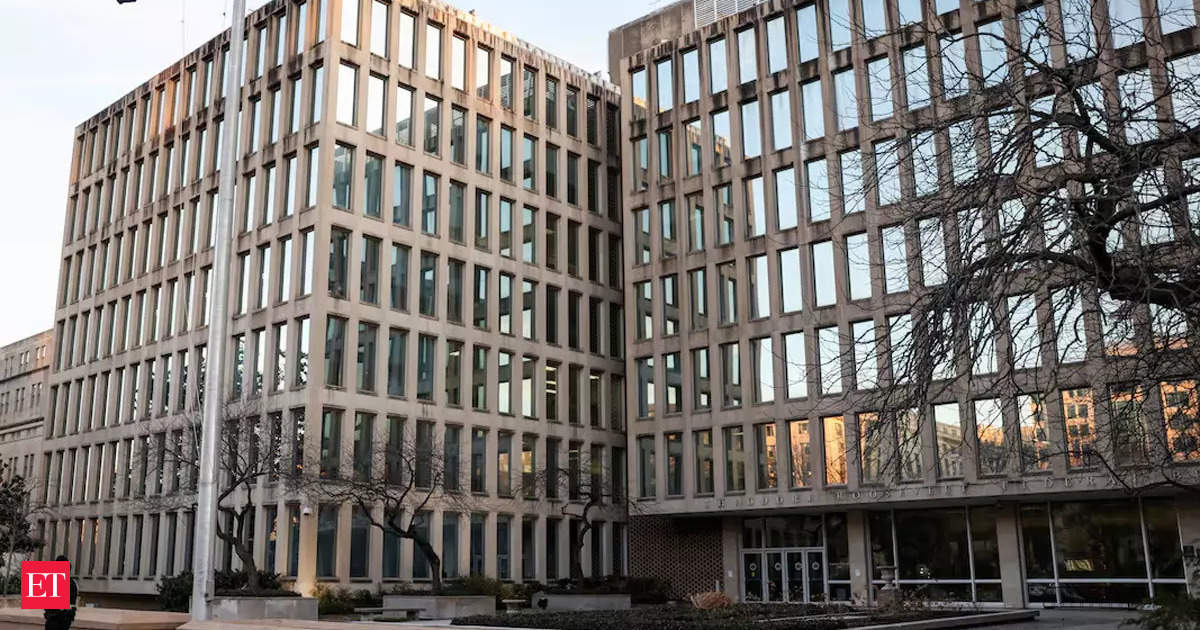Dubai is currently in the process of recovering from a historic storm that hit the city, causing extensive damage and disrupting traffic. The city experienced the heaviest rains in the past 75 years, leading to significant challenges in terms of recovery and restoration. Efforts are underway to address the aftermath of the storm, with authorities working diligently to repair infrastructure and restore normalcy to the affected areas. However, this incident has also sparked discussions and concerns about the impact of cloud seeding and global warming on extreme weather events in the United Arab Emirates (UAE).
The unusually heavy rainfall in Dubai has prompted questions about the effectiveness of cloud seeding, a technique used to induce rain artificially. Cloud seeding involves dispersing substances into the air to stimulate condensation and cloud formation, enhancing the chances of precipitation. The method is often employed in arid regions such as the UAE, where water scarcity is a significant concern. While cloud seeding has been used for decades in Dubai, the recent storm has cast doubt on the strategy’s impact and efficiency.
Additionally, the storm has reignited the debate about global warming and its contribution to extreme weather events. Across the globe, extreme weather events are becoming more frequent and severe, with scientists attributing these changes to climate change caused by human activities. The UAE, including Dubai, is no exception to these patterns. Rising temperatures, melting ice caps, and changing weather patterns are all factors associated with global warming, which may have influenced the intensity of the recent storm.
The implications of extreme weather events on cities like Dubai are significant. Infrastructure, including roads, buildings, and drainage systems, is particularly vulnerable to heavy rains and storms. The recent storm highlighted this vulnerability, with widespread damage and disruptions reported throughout the city. As Dubai continues its recovery efforts, a key focus will be on reinforcing infrastructure to withstand future extreme weather events effectively.
This incident also serves as a wake-up call for addressing the broader issue of climate change. The UAE has been proactive in implementing environmental initiatives and diversifying its economy to reduce reliance on fossil fuels. However, the recent storm underscores the urgency of further action to mitigate the impact of global warming and enhance resilience against extreme weather events.
In conclusion, Dubai is currently recovering from a historic storm that caused extensive damage and traffic disruptions. While the city’s recovery efforts are ongoing, concerns have also emerged regarding the effectiveness of cloud seeding and the impact of global warming on extreme weather events. This incident serves as a reminder of the need for continued efforts to address climate change and enhance resilience in the face of such challenges.










